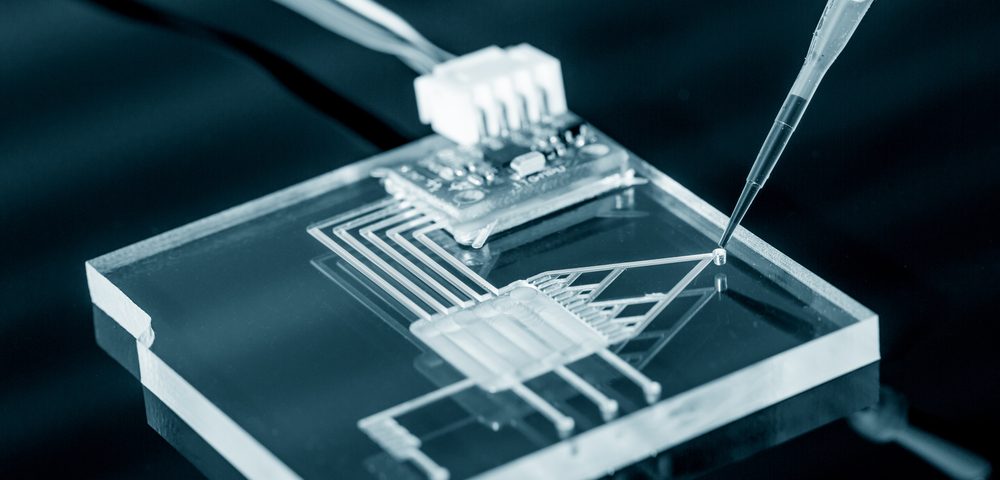Washington State University researchers have developed a new way to capture cancer-derived particles called exosomes from prostate cancer, a finding that could offer an alternative to the invasive approach of performing a biopsy to diagnose the disease.
The research also may lead to a non-invasive approach to monitoring response to treatment.
The study, “Silica nanostructured platform for affinity capture of tumor-derived exosomes,” was published in the Journal of Materials Science.
While most prostate cancer patients don’t die of the disease, doctors need to monitor how a patient’s disease is progressing or responding to treatment. This is usually done through a biopsy, a procedure in which small samples of prostate are collected for analysis. While safe, biopsies are invasive procedures that can have side effects such as bleeding or infection.
The Washington State researchers’ diagnostic approach would be a non-invasive alternative to biopsy.
“Say you have a urine sample from a patient known to have prostate cancer. You could pass the urine through the device we are in the process of putting together and measure the number of exosomes that are specifically from prostate cancer cells,” Grant Norton, professor of mechanical and materials engineering, said in a press release. “The physician would propose a treatment plan and the amount of exosomes in a follow-up urine sample would indicate how effective the treatment was.”
Exosomes are small secreted vesicles, or sacs, that play a key role in cell communication and cancer progression. Because exosomes are made of cell membrane, they exhibit at their surface proteins that are characteristic of the cells they were derived from.
Prostate cancer cells have high levels of the biomarker prostate-specific membrane antigen (PSMA). This means that exosomes derived from prostate cancer cells will also have high levels of the protein at their surface.
Taking advantage of this phenomenon, the research team developed a device containing a drug that bound to PSMA. When they passed a culture medium containing prostate cancer cells through the device, exosomes with the PSMA protein attached to it.
The researchers believe that measuring the amount of exosomes attached to the device could give them an idea of how the cancer is progressing or responding to treatment.
“It may be possible to predict which drugs would be most effective in treating a patient’s cancer,” said Clifford Berkman, a chemistry professor who led the design of the biomarkers. “More broadly, this technology could be expanded to other types of cancers and diseases.”
Although the concept was demonstrated with one cancer type, the team believes the device could be adjusted to detect exosomes from other types.
The team is now working on a flow device that increases the efficiency of exosome capture. The hope is that doctors can used in diagnosis and treatment monitoring.

